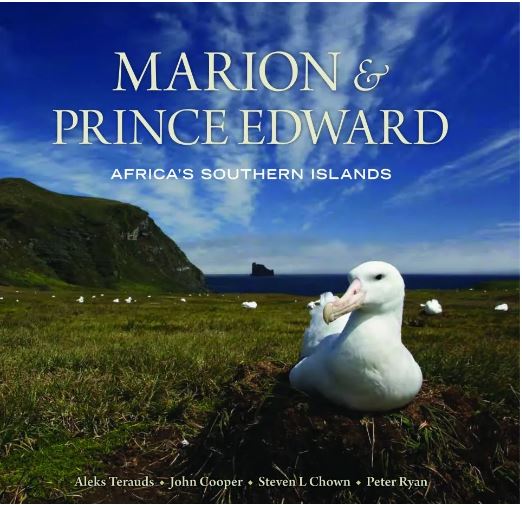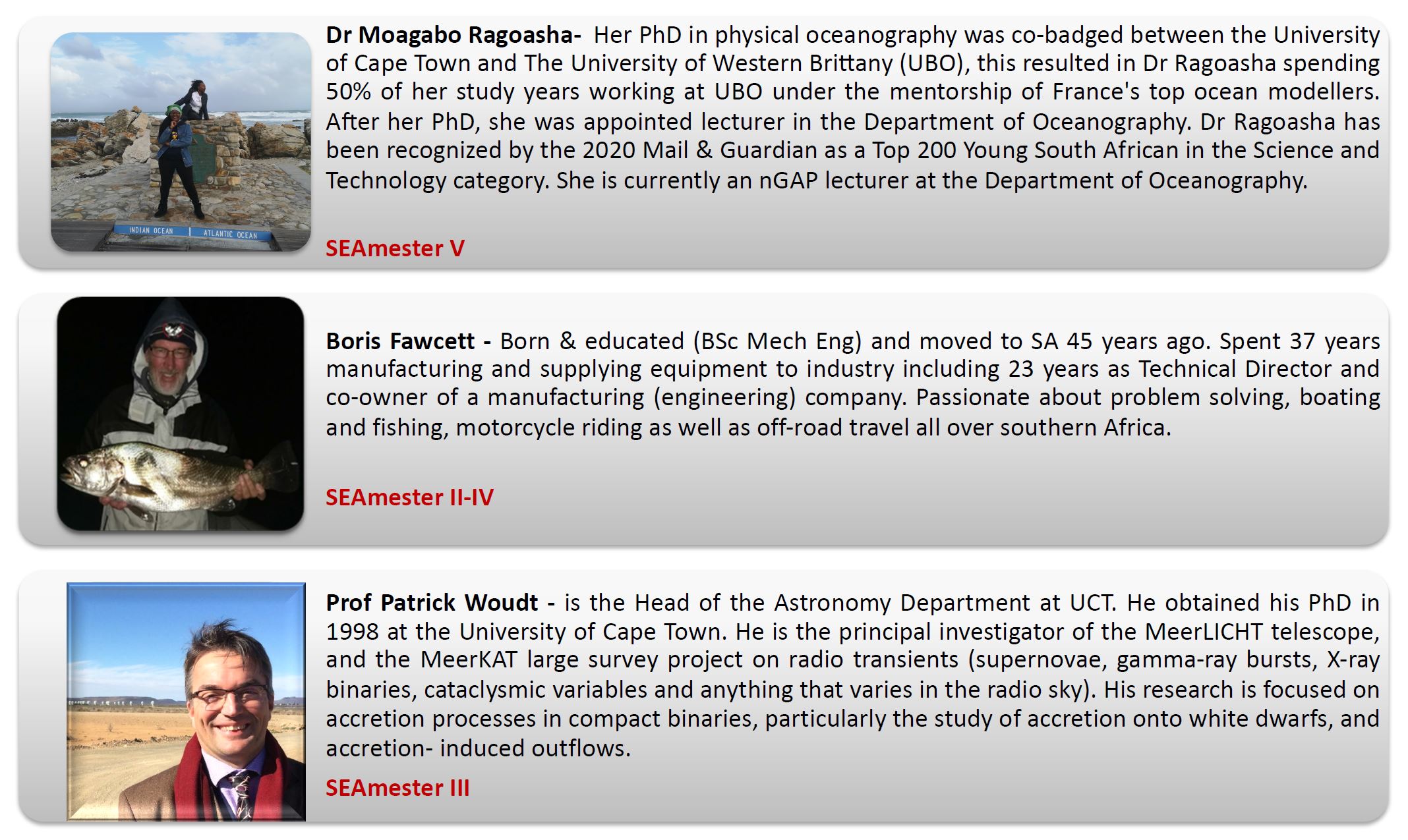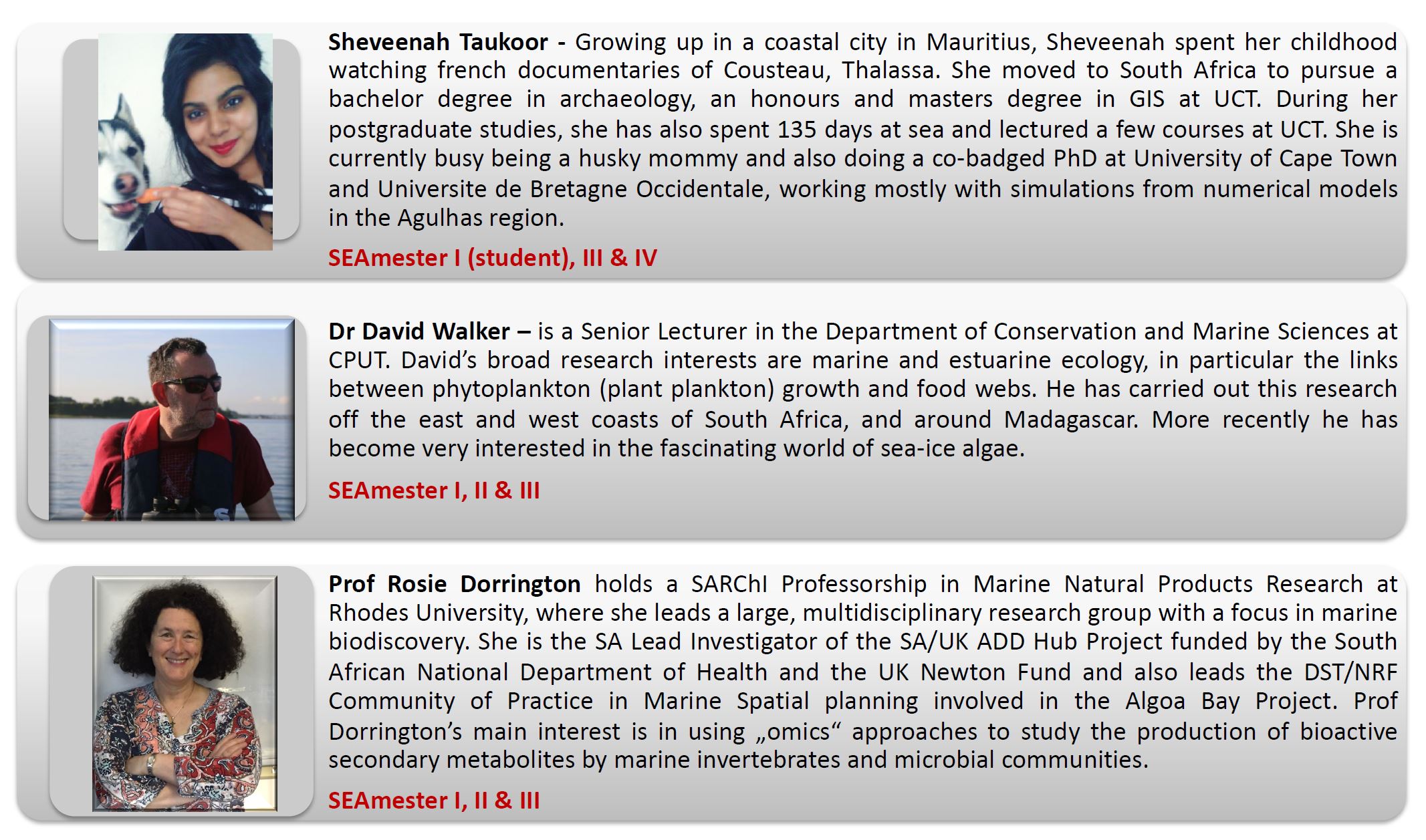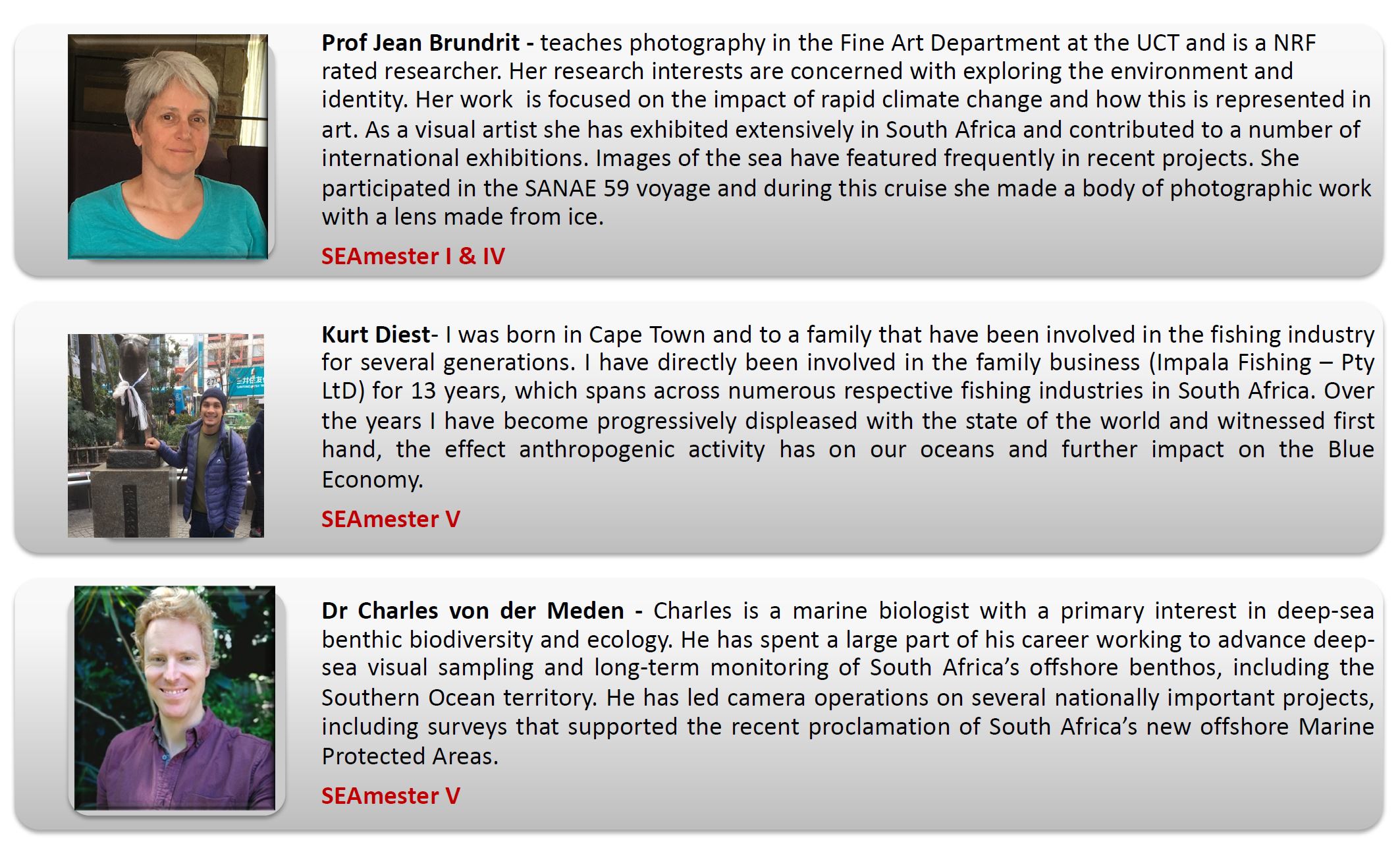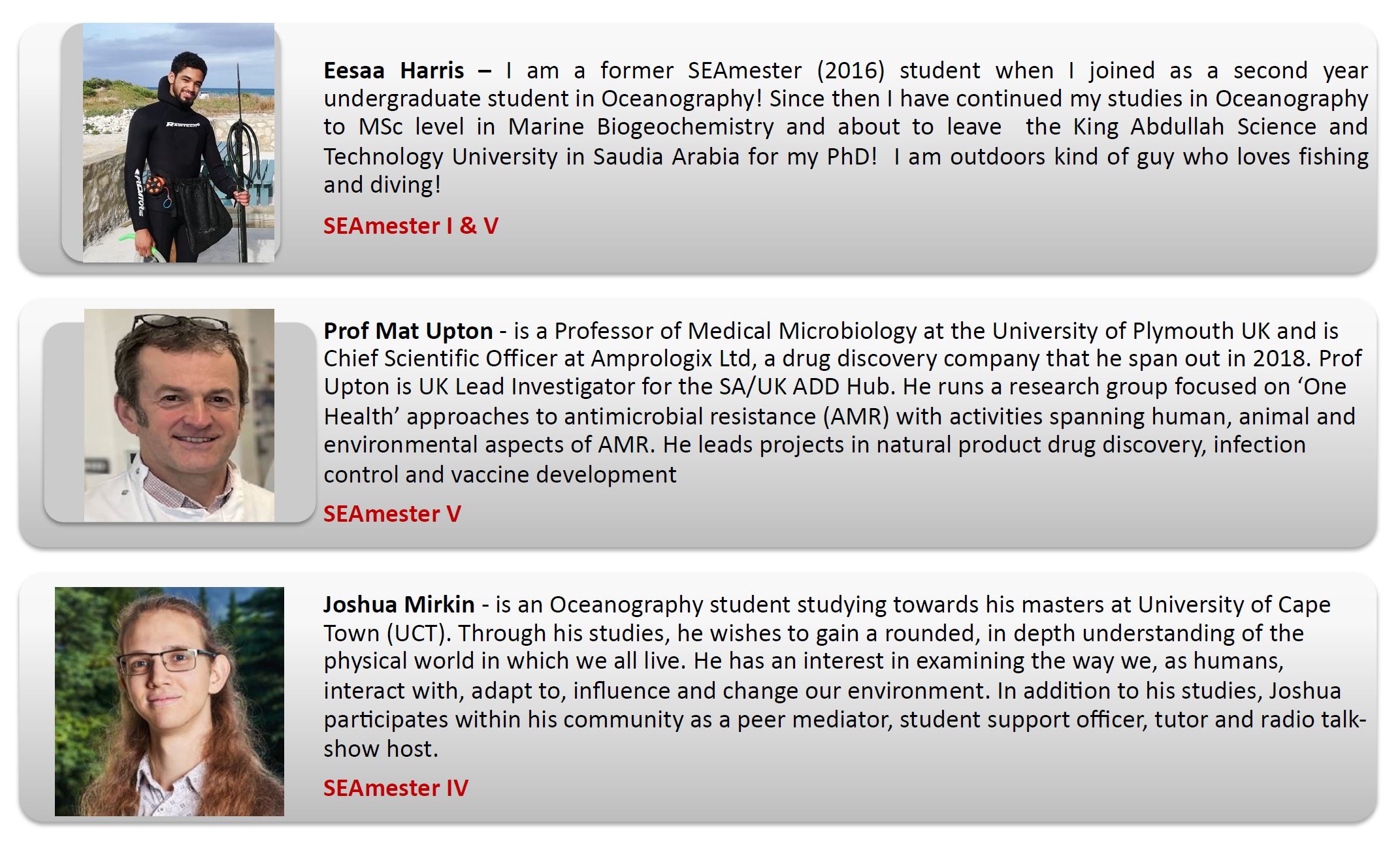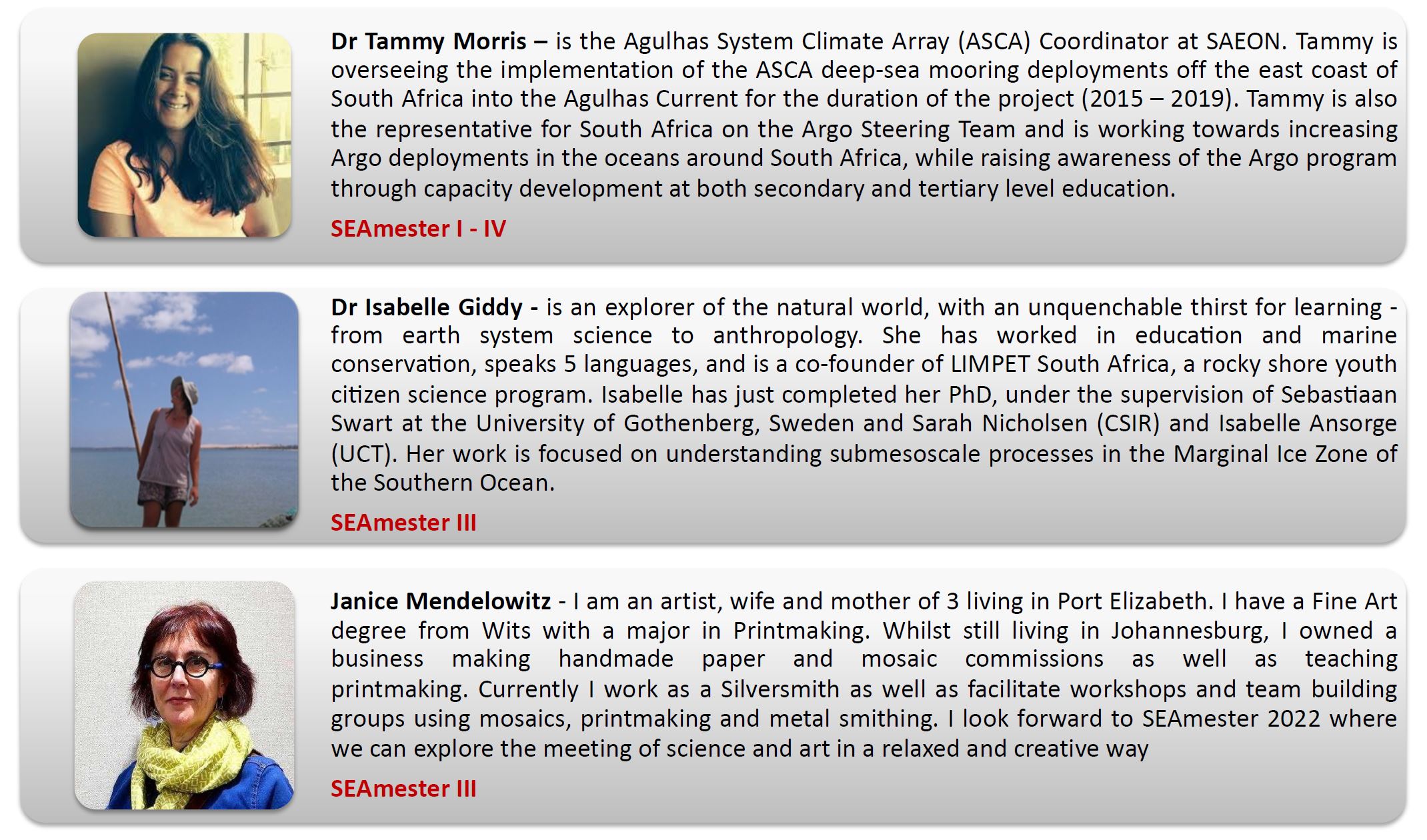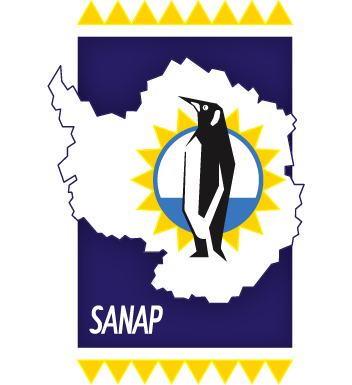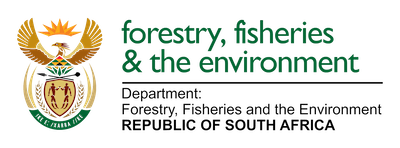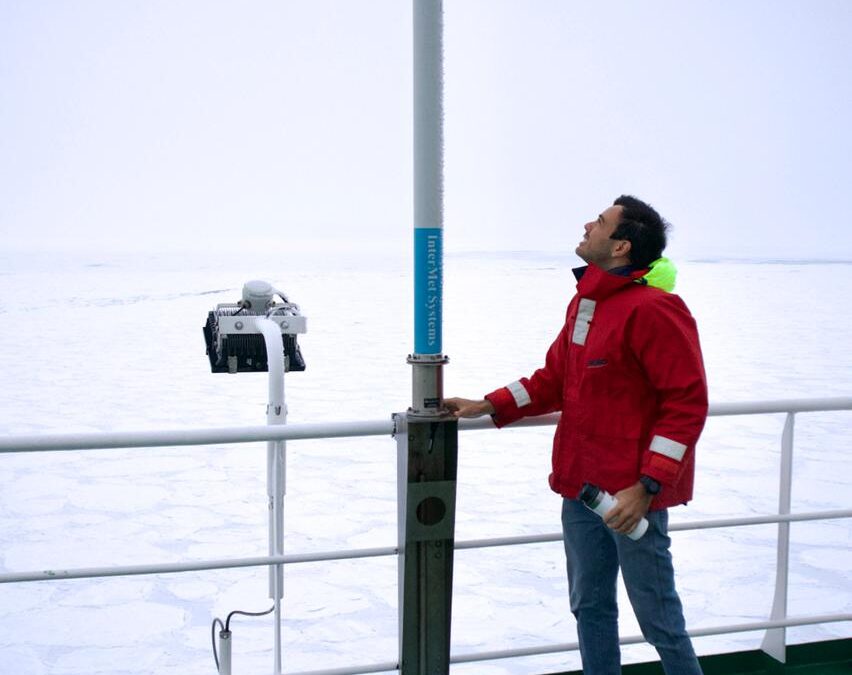
by Ria Olivier | Jul 22, 2022 | Antarctica, Current Event, Meteorology, Research, SA Agulhas II, SANAP, Science, Southern Ocean, STEM
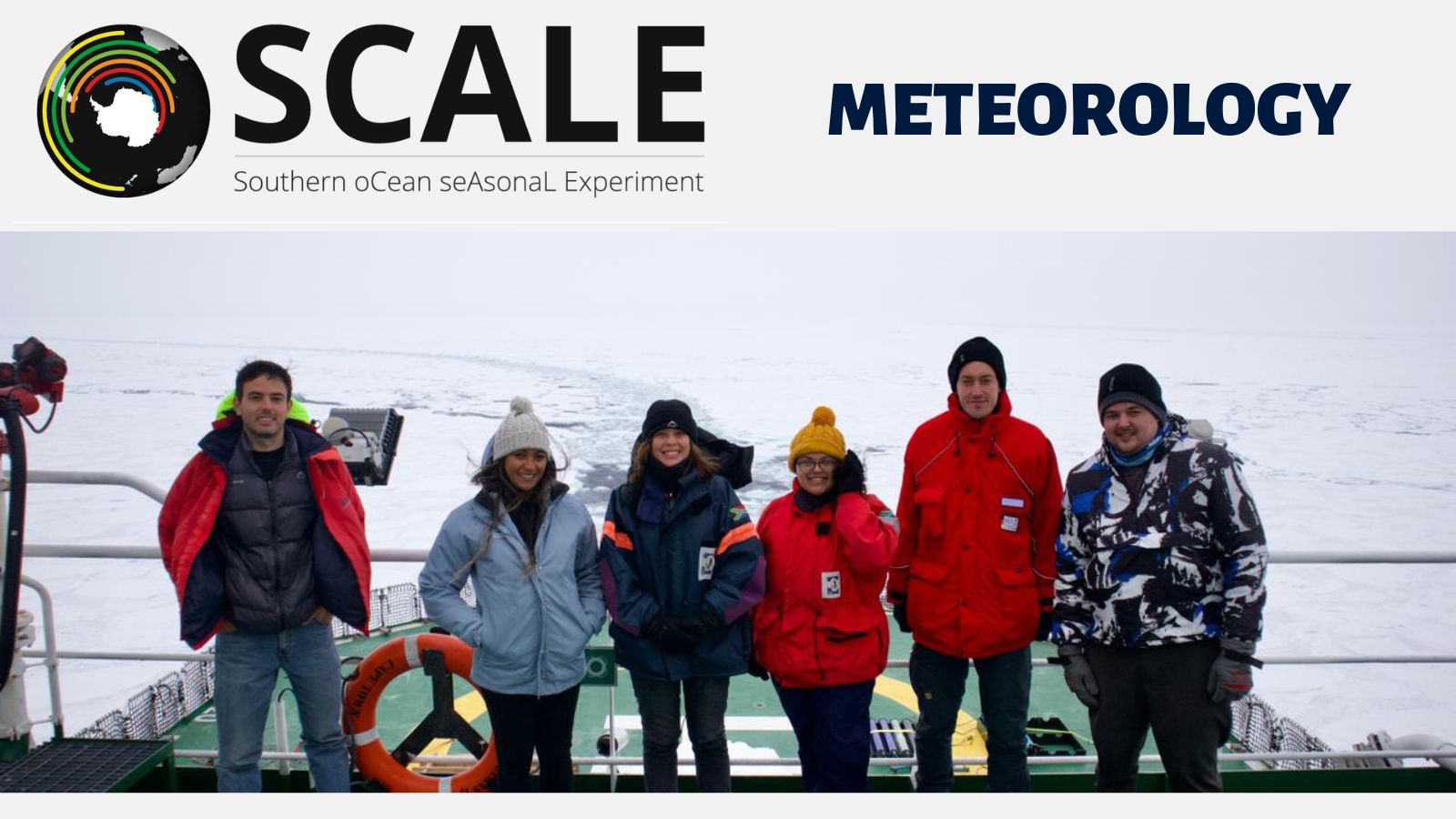
METEO team: (L-R): Marc, Carla, Taygan, Shaakirah, Berhnard and Mark.
| TEAM | Meteorology |
| Project name | Operational Marine Meteorology |
| Principal Investigator 1 | Tamaryn Morris | South African Weather Service (SAWS) |
| Principal Investigator 2 | Marc de Vos | SAWS |
Onboard METEOROLOGY team members:
| Team Member | Role | Affiliation |
| Marc de Vos | Onboard Team Leader | SAWS |
| Carla-Louise Ramjukadh | Meteo analyst/technician | SAWS |
| Mark Fourie | Forecaster | SAWS |
| Berhnard Schmitz | Ice analyst/technician | SAWS/AWI (Germany) |
| Ocean Obs team collab with METEO |
| Taygan Roberts | XBT, Argo float and drifter deployments | CPUT |
| Shaakirah Sulaiman | XBT, Argo float and drifter deployments | CPUT |
The project description as per the sailing orders for the SCALE Winter Cruise of 2022:
The Operational Marine Meteorology project includes routine (operational) and R&D (research and development) activities related to the collection, processing, and provision of marine environmental information to support primarily safe marine navigation and activity, and support weather-climate research. Specific outcomes for SCALE Winter 2022 include: 1) Provision of relevant and accessible met-ocean (meteorological and oceanographic) forecast information to bridge and science teams to assist navigation and science planning. 2) Training of personnel with respect to marine forecasting and vessel support. 3) Production of a set of standard along-track meteorological measurements & observations for the cruise to support decision-making and for supporting use in other research. 4) Deployment of instrumentation to enhance assimilation of Southern Ocean data into global numerical weather/ocean prediction models (limited w.r.t data denial experiments). 5) Observations of sea ice related to ground truthing of sea ice edge analysis and forecasting. 6) Post-cruise assessment of global NWP performance along cruise track.
Images supplied by Kurt Martin, SAPRI trainee.
Anche Louw, Antarctic Legacy of South Africa, 22 July 2022.
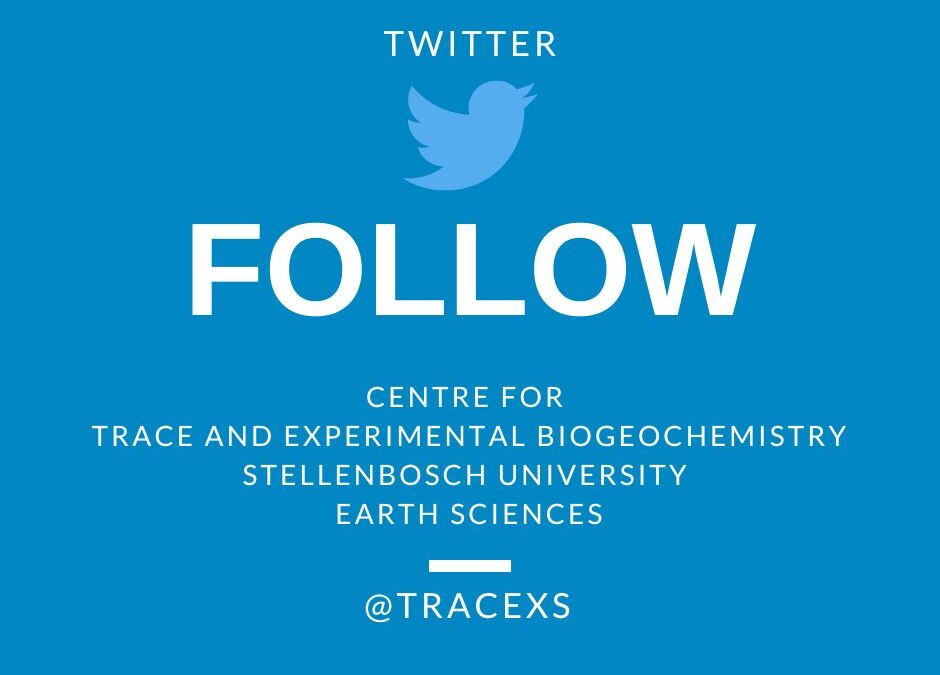
by Ria Olivier | Jul 20, 2022 | Antarctica, Current Event, Environment, Research, SA Agulhas II, SA Polar Research Infrastructure, SANAP, SAPolarRI, Science, Southern Ocean, STEM

| TEAM | MERCURY & TRACE METALS |
| Project name | Knowledge and technology transfer to investigate marine mercury contamination |
| Principal Investigator 1 | Susanne Fietz | Stellenbosch University (SU) |
| Principal Investigator 2 | Lynwill Martin | South African Weather Service (SAWS) |
| Principal Investigator 3 | Lars-Eric Heimbuerger | CNRS-MIO |
Onboard MERCURY & TRACE METALS team members:
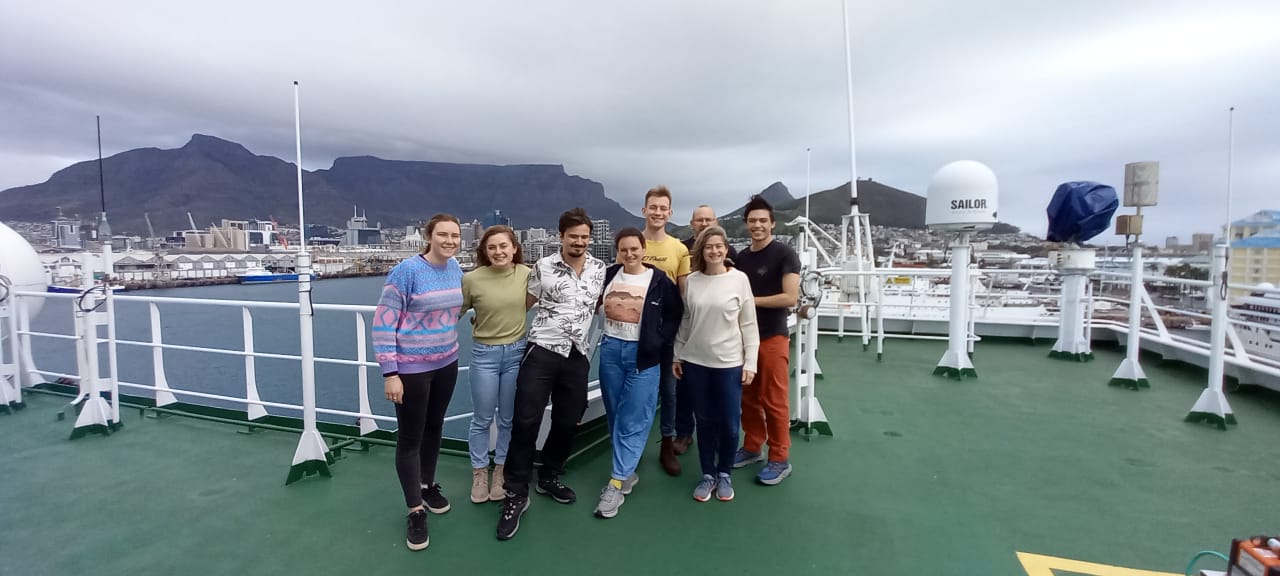
Front (L-R): Kayla, Lide, David, Sonja, Susanne; (back) Liam, Casper, and Jared.
| Team Member | Role | Affiliation |
| Susanne Fietz | PI and Onboard Team Leader | SU |
| Liam Quinlan | MSc | SU |
| Jared Walsh | MSc | SU |
| David Amptmeijer | PhD | GMOS, Europe |
| Sonja Gindorf | PhD | GMOS, Europe |
| Casper Labuschagne | MSc | SAWS |
| Kayla Buchanan | Honours | SU |
| Lide Janse van Vuuren | MSc | SU |
More about their research:
Mercury is a natural element and its biogeochemical cycle is heavily altered by anthropogenic activities. Over the past two decades, it became clear that processes in seawater are largely responsible for the conversion from inorganic mercury to the bioaccumulative neurotoxin methylmercury, which accumulates up marine food chains. This is of special concern as globally the main pathway of human exposure to methylmercury is via the consumption of seafood.
The #SCALEwin22 expedition is extremely valuable to better understand mercury dynamics in the Southern Ocean. Observations from this region are rare, especially observations during winter. Sonja and David are both doctoral students within the “Global Mercury Observation and Training Network in Support of the Minamata Convention”, a Marie-Curie training network involving several institutions all over Europe. Together with the TraceEx team from Stellenbosch University: Susanne (Senior Lecturer at the Department of Earth Sciences), Lide, Kayla, Caspar, Liam, and Jared, water and ice core samples will be taken, for mercury speciation and dissolved trace metals.
In the water and ice, we are sampling for oxygen and deuterium isotopes, different dissolved organic matter parameters, and persistent organic pollutants to relate mercury biogeochemistry to different anthropogenic and environmental factors. Moreover, we sample for genes that are relevant in mercury (de-)methylation (see purging process below).
All our samples and work onboard are following trace metal clean protocols. Trace metal sampling in itself is tricky! We take a wide range of measures to keep our samples uncontaminated: we wear protective gloves, sleeves, and coveralls, and all our work happens in a metal-clean container.
During this voyage, the project also aims to transfer important skills to improve our understanding of the mercury cycle to South Africa. This project thus trains young researchers, transfers analytical skills, and provides data for an improved understanding of mercury cycling.
More about the sampling:
Gaseous mercury will be measured in the atmosphere during the transect as well as total, dissolved gaseous, and methyl-mercury (see video and image below) in the ocean. In addition, we will sample frazil ice, unconsolidated and consolidated ice for the mercury content. The assessment of the mercury levels is accompanied by measurements of the phytoplankton and microbial community structure and also other trace metals in our collaborative work.
Scan this QR code below with your smartphone’s camera (or click on the image) to view the water sampling process.
VIDEO: CTD (Conductivity, Temperature, and Depth) deployment and recovery with GoFlo tubes. This is the process of collecting water samples at specific depths. After recovery, the water-filled GoFlo tubes are removed from the frame (filled with water collected from a specific depth) and moved to the trace metal testing clean lab.
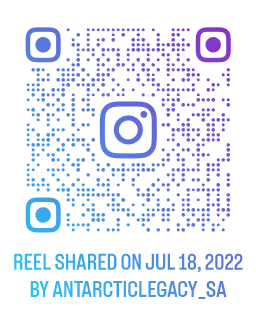
Purging is the process of measuring methylmercury in water. In the image below, David (GMOS programme) and Casper (SAWS) are setting up for purging a methylmercury sample.
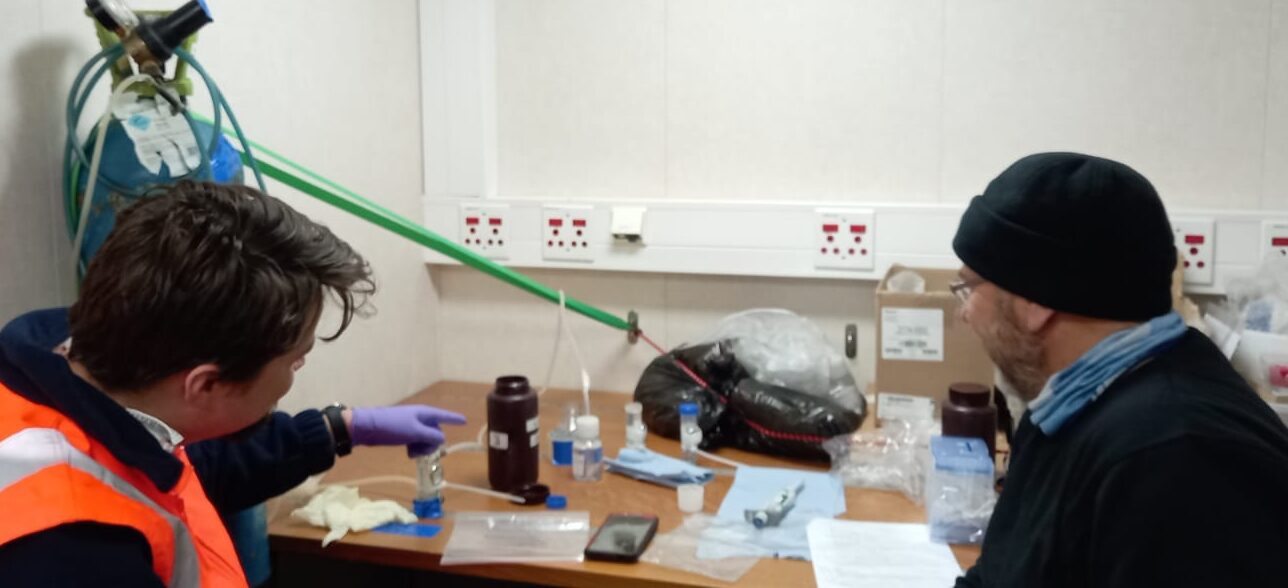
In this video: The purging process. One methylmercury species are outgassed and other species are left behind.
More Pictures
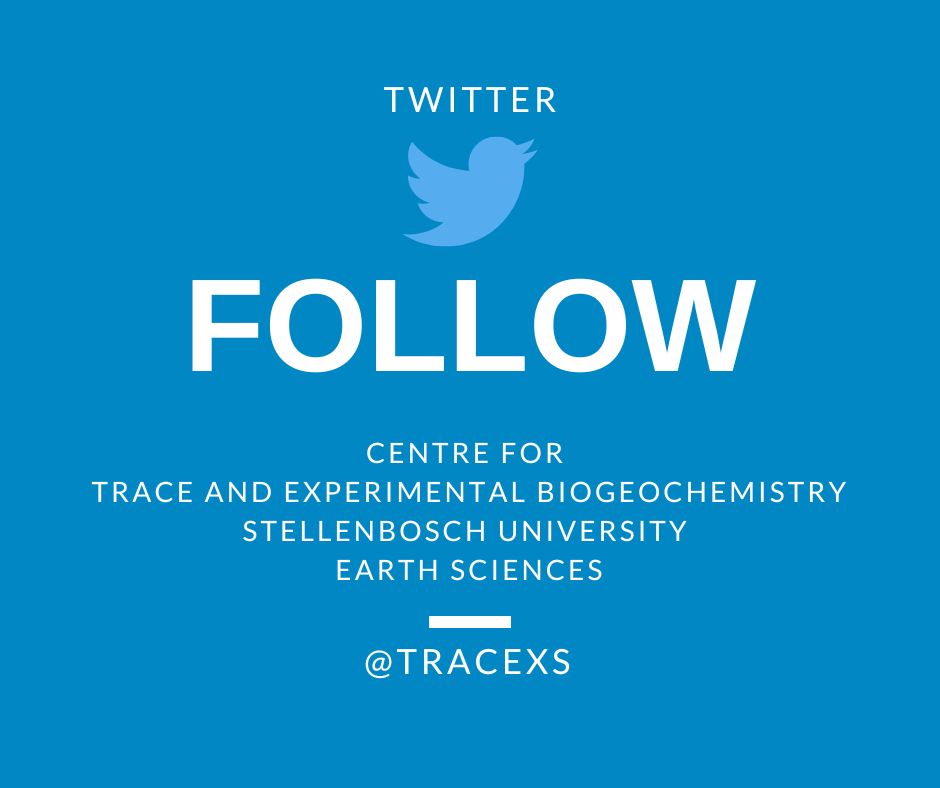
Text supplied by Susanne Fietz (PI and onboard team leader) and Sonja Gindorf. Images supplied by Susanne Fietz, Sonja Gindorf and Kurt Martin (SAPRI Trainee).
Featured Image: L-R: CTD recovery; postgrads working in the clean lab; Susanne carrying GoFlo tube to clean lab, after recovery; tubes being stored in the clean lab.
Anche Louw, Antarctic Legacy of South Africa, 20 July 2022
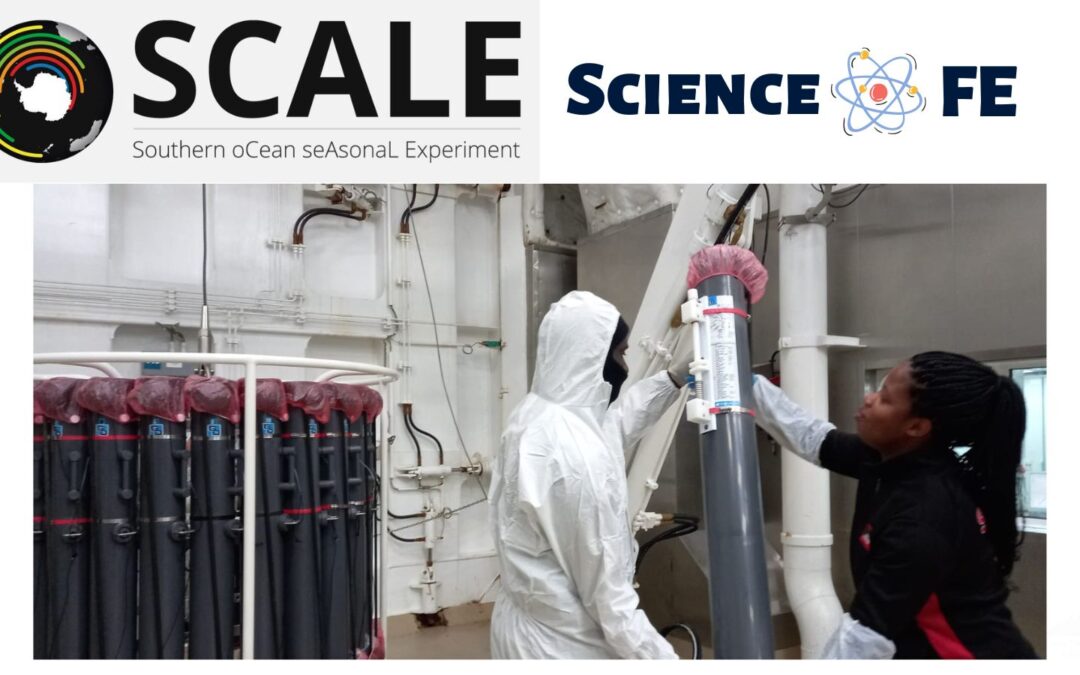
by Ria Olivier | Jul 15, 2022 | Current Event, News, Research, SA Agulhas II, SA Polar Research Infrastructure, SAPolarRI, Science, Southern Ocean, sub-Antarctic
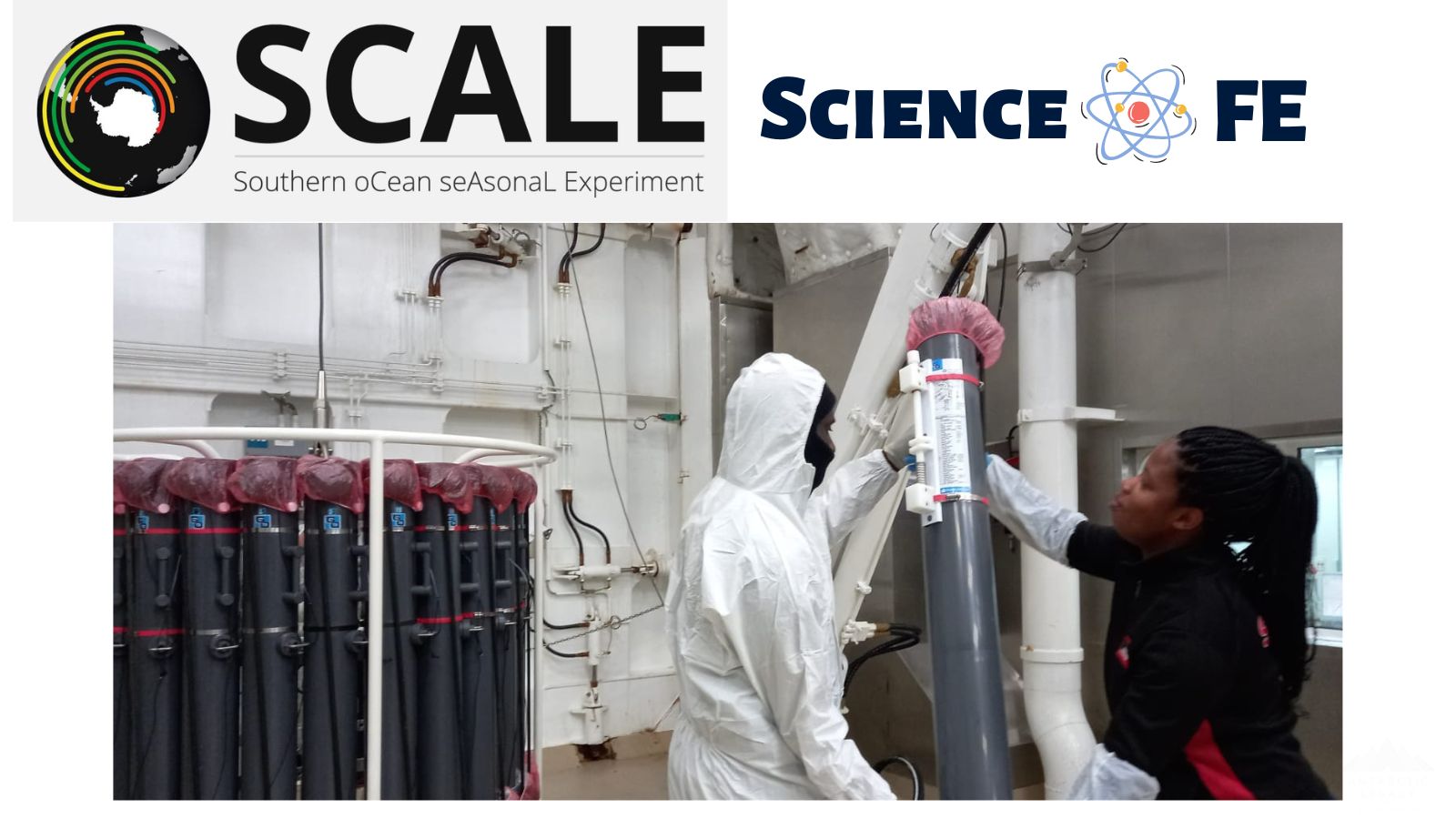
| TEAM | FE |
| Project name | Seasonal iron speciation in the Southern Ocean |
| Principal Investigator 1 | Tommy Ryan-Keogh | Council for Scientific and Industrial Research (CSIR) |
| Principal Investigator 2 and onboard team leader | Thato Mtshali | Department of Forestry, Fisheries & the Environment (DFFE) |
Onboard FE team members:
| Team Member | Role | Affiliation |
| Thato Mtshali | Onboard Team Leader | DFFE |
| Natasha van Horsten | Postdoc | CSIR/UCT |
| Gareth Kiviets | Technician | DFFE |
| Gemma Portlock | PhD | University of Liverpool |
The project description as per the sailing orders for the SCALE Winter Cruise of 2022:
The overarching goal of the project is to improve our understanding of the natural complex biogeochemistry of iron in terms of sources, sinks and internal cycling on a seasonal scale in the Southern Ocean, in both the open ocean and naturally fertilised regions downstream of sub-Antarctic islands.
This morning, in the hangar of the RV S.A. Agulhas II, the South African Polar Research Infrastructure (SAPRI) trainees and the Mercury team got the opportunity to learn more about the sampling process used for all projects requiring extremely pure sampling conditions, such as the Fe-project. The experienced Dr Thato Mtshali explained how the CTD rosette is loaded with sampling bottles. The SAPRI trainees had the opportunity to assist in this process.
Images supplied by Susanne Fietz, PI and onboard team leader of the MERCURY team – to be introduced next.
Anche Louw, Antarctic Legacy of South Africa, 15 July 2022

by Ria Olivier | Jul 14, 2022 | Current Event, News, Research, SA Agulhas II, SA Polar Research Infrastructure, SANAP, SAPolarRI, Science, Southern Ocean, STEM
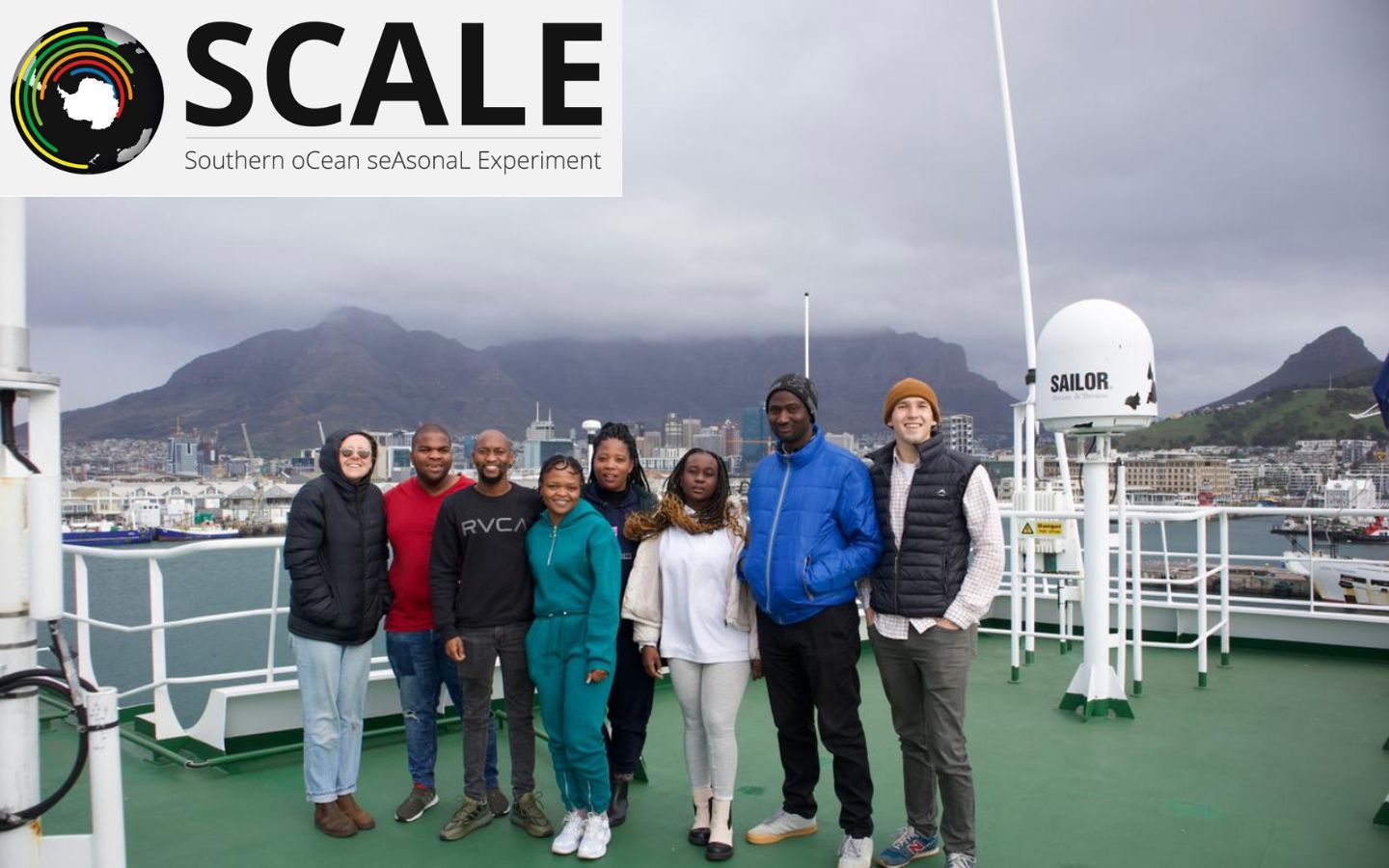
Through the South African Polar Research Infrastructure (SAPRI), the current SCALE-WIN22 (21-day) cruise, onboard the RV S.A. Agulhas II, is offering polar science training to 8 young individuals from South African universities not historically involved in polar sciences (or involved but in a small extent) or perhaps holding degrees not historically considered to be included in polar sciences.
They will get the opportunity to job-shadow members of the various research teams during onboard activities and get first-hand experience in polar sciences, by assisting with sampling. They will learn more about polar sciences through the onboard seminars delivered during the voyage.
Meet the 8 South African Polar Research Infrastructure (SAPRI) Trainees:
Pre-voyage logistics for the trainees were handled by the acting manager of SAPRI, Prof Juliet Hermes (Manager: South African Environmental Observation Network (SAEON) Egagasini node).
Read more about SCALEwin22 here!
Anche Louw, Antarctic Legacy of South Africa, 14 July 2022

by Ria Olivier | Jul 12, 2022 | Current Event, News, Oceanography, Research, SA Agulhas II, SA Polar Research Infrastructure, SANAP, SANAP Student, SAPolarRI, Science, Southern Ocean, STEM
SCALE (Southern oCean seAsonaL Experiment) Winter 2022 Expedition (SCALE-WIN22) onboard the RV S.A. Agulhas II

This dedicated science cruise is funded by the Department of Science and Innovation (DSI) and the National Research Foundation (NRF) in support of the scientific community involved in Southern Ocean projects (South African National Antarctic Programme – SANAP and other fundings). The South African Polar Research Infrastructure (SAPRI) and the Department of Forestry, Fisheries and the Environment (DFFE) facilitated the coordination of logistics.
This is a continuation of the SCALE coordinated effort (Southern oCean seAsonaL Experiment) proposed by the South African scientific community as a bottom-up experiment.
“SCALE-WIN22 will be a 21 days cruise of intensive sampling of the ocean-atmosphere- sea ice processes in the Antarctic polar zone. Multidisciplinary measurements of physical and biogeochemical properties of the ocean and sea ice will be performed in a set of process stations in the outer and inner MIZ”.
Departure: 11 July 2022
ETA back in Cape Town: 31 July 2022
Area of operation: The S.A. Agulhas II will operate from Cape Town to the Marginal Ice Zone (MIZ) along the Good Hope Line.
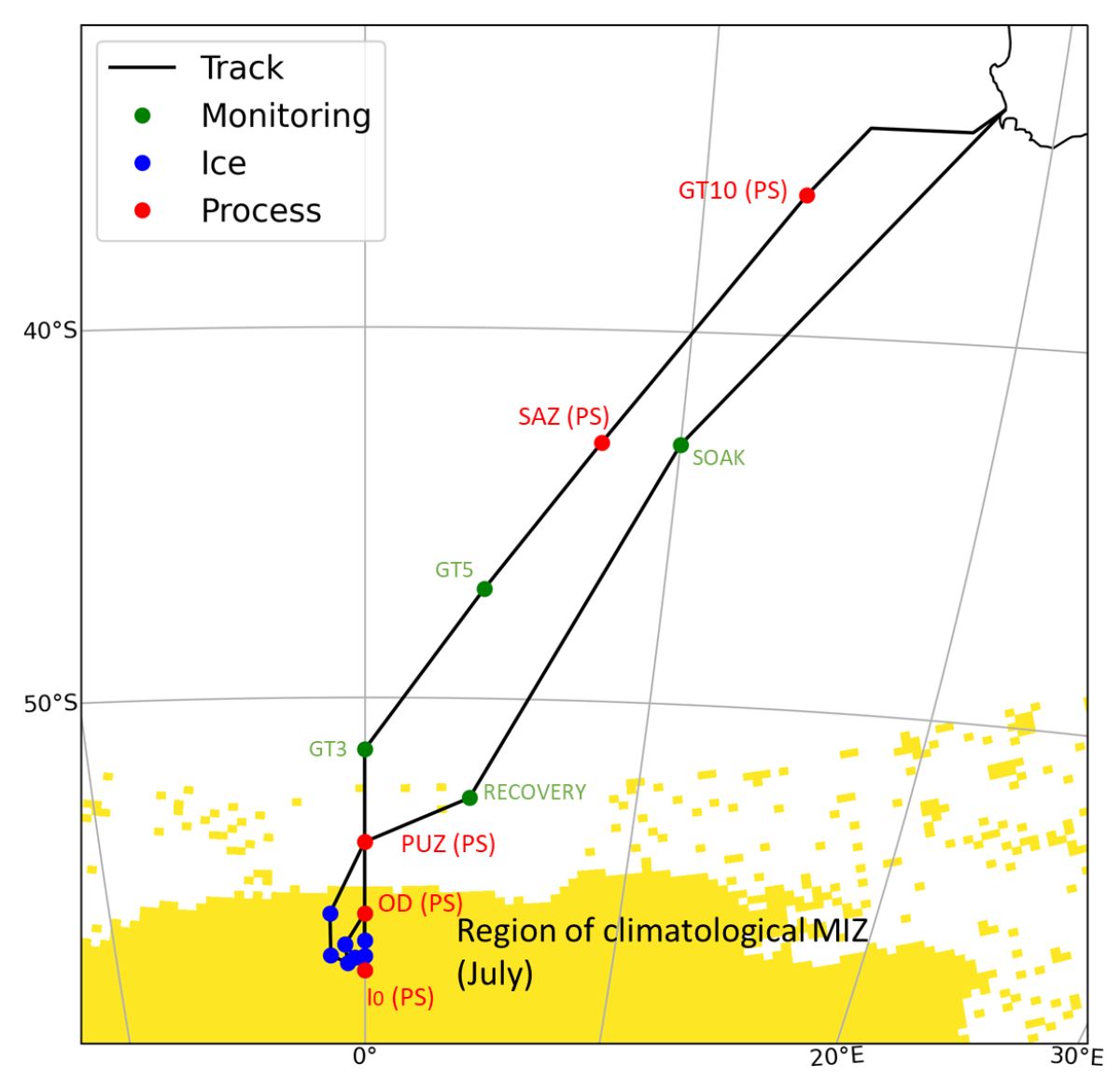
Provisional map of the track and stations.
Chief Scientists:
| Prof Marcello Vichi (UCT, on board) | Dr Sarah Fawcett (UCT, on land) |
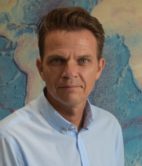 | 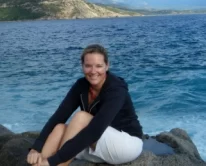 |
This cruise involves 13 national and 4 international research projects:
These projects will be introduced throughout the course of the cruise.
The number of passengers onboard:
84 passengers onboard the vessel. This number includes the 8 South African Polar Research Infrastructure (SAPRI) trainees.
National and international scientific institutions involved:
1. South African Polar Research Infrastructure (SAPRI) and South African Environmental Network (SAEON)
2. University of Cape Town (UCT)
3. Stellenbosch University (SU)
4. South African Weather Service (SAWS)
5. Cape Peninsula University of Technology (CPUT)
6. Council for Scientific and Industrial Research (Southern Ocean Carbon-Climate Observatory – SOCCO)
7. Department of Forestry, Fisheries and the Environment (DFFE)
8. University of Pretoria (UP)
9. Nelson Mandela University (NMU)
10. Representatives from the University of South Africa (UNISA), Rhodes University (RU), University of Kwa-Zulu Natal (UKZN), University of the Free State (UFS), Walter Sisulu University (WSU)
11. University of Gothenburg, Sweden
12. British Antarctic Survey, UK
13. University of Duisburg-Essen, Germany
14. The University of Melbourne, Australia
15. University of East Anglia, UK
16. Mediterranean Institute of Oceanography (MIO), France
17. CNR, Italy
18. University of Tasmania, Australian Antarctic Division, Australia
19. Aalto University, Finland
20. Finnish Meteorological Institute, Finland
21. SYKE, Finland
22. Alfred Wegener Institute, Germany
East Pier, Port of Cape Town. Cruise participants arriving from the quarantine facility. Only participants with negative Covid-19 test results will be allowed onboard.
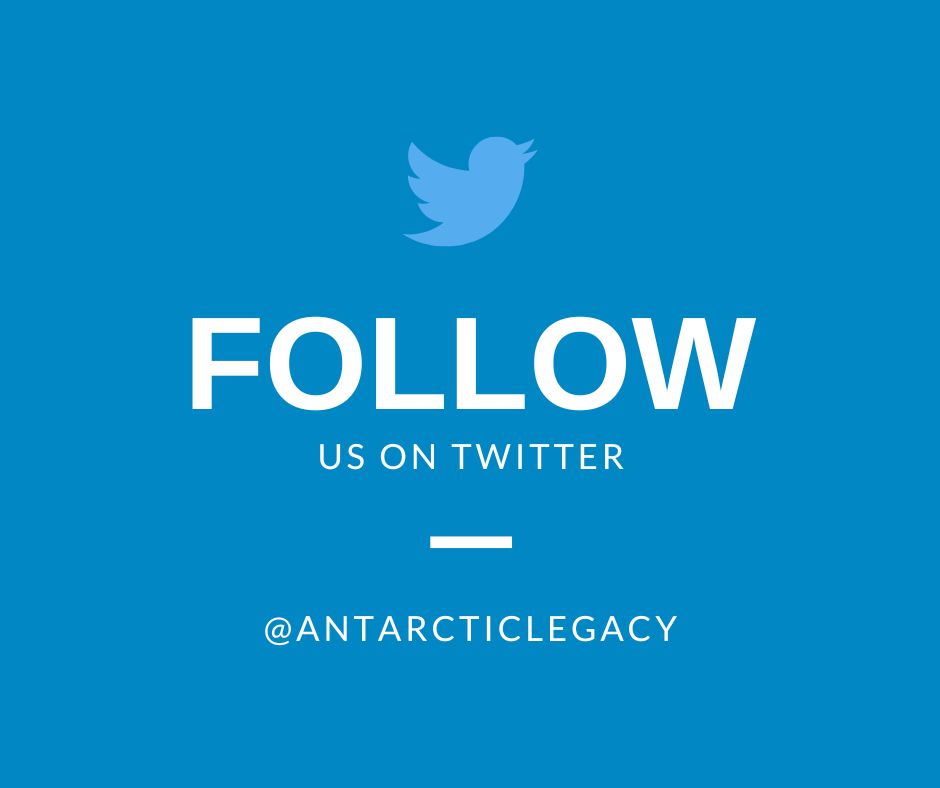
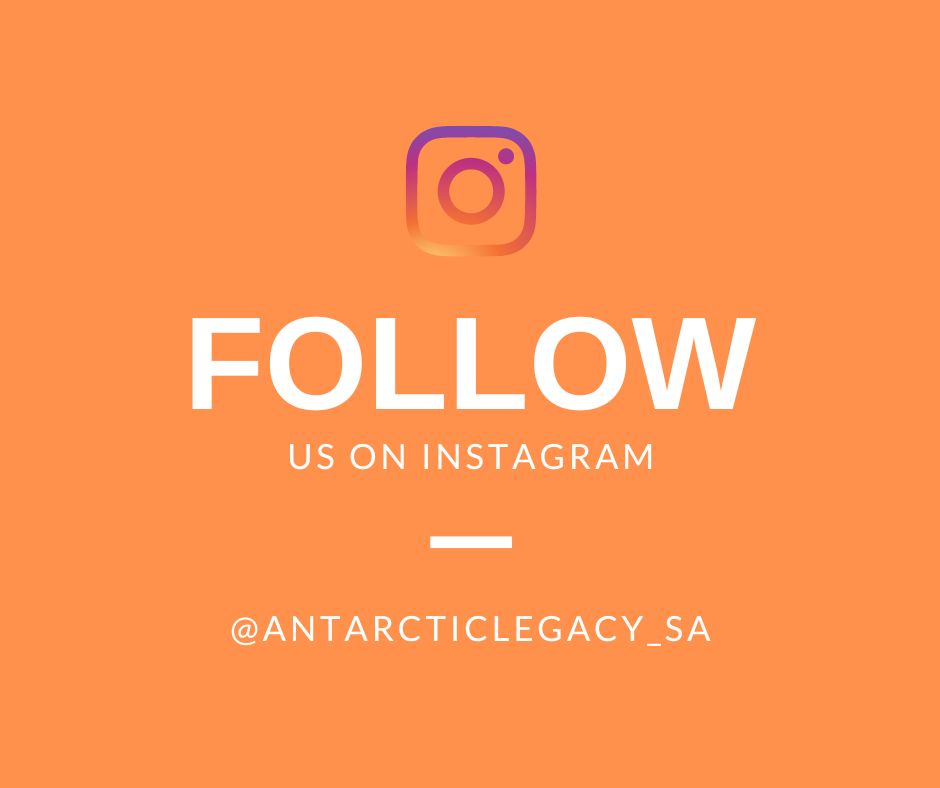
The offical cruise hashtag to be followed: #SCALEwin2022
Anche Louw, Antarctic Legacy of South Africa, 12 July 2022
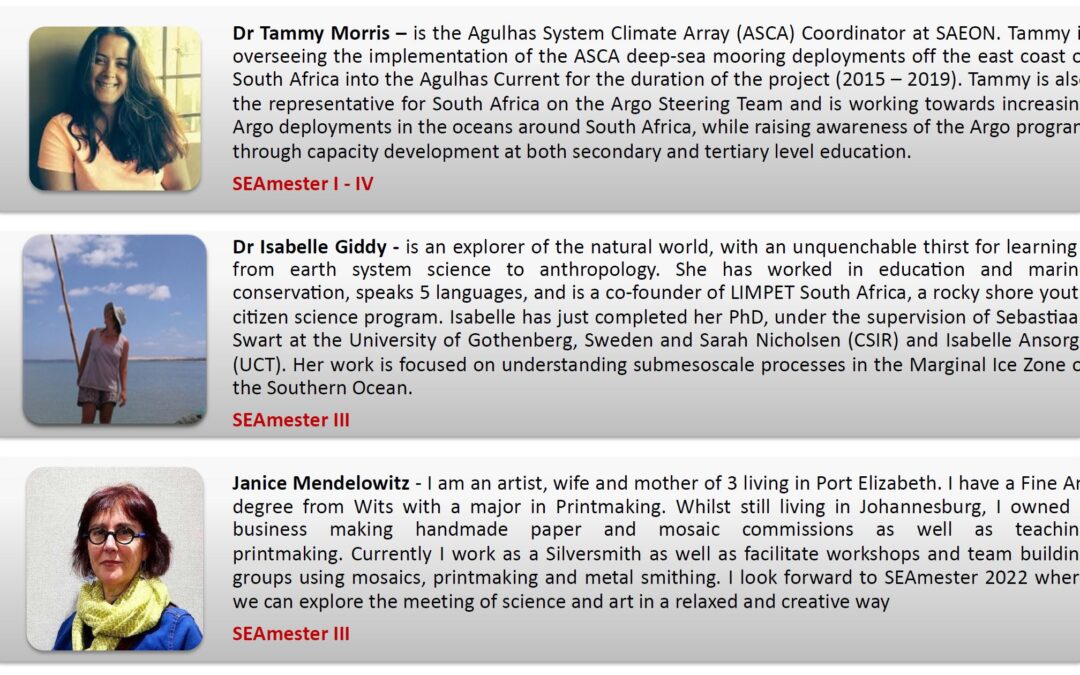
by Ria Olivier | Jul 7, 2022 | Announcement, Current Event, News, Research, SA Agulhas II, SANAP, Science, SEAmester, Southern Ocean, STEM, sub-Antarctic
South Africa’s 5th class afloat voyage, SEAmester V, is currently on the final leg home. On this last day on board the vessel, students are finishing up all deck work, and completing all projects and project presentations. There will be an art exhibition and farewell gathering later this evening.
This year, there were 21 lecturers involved in the SEAmester program.
Meet the lecturers of SEAmester V (2022)
